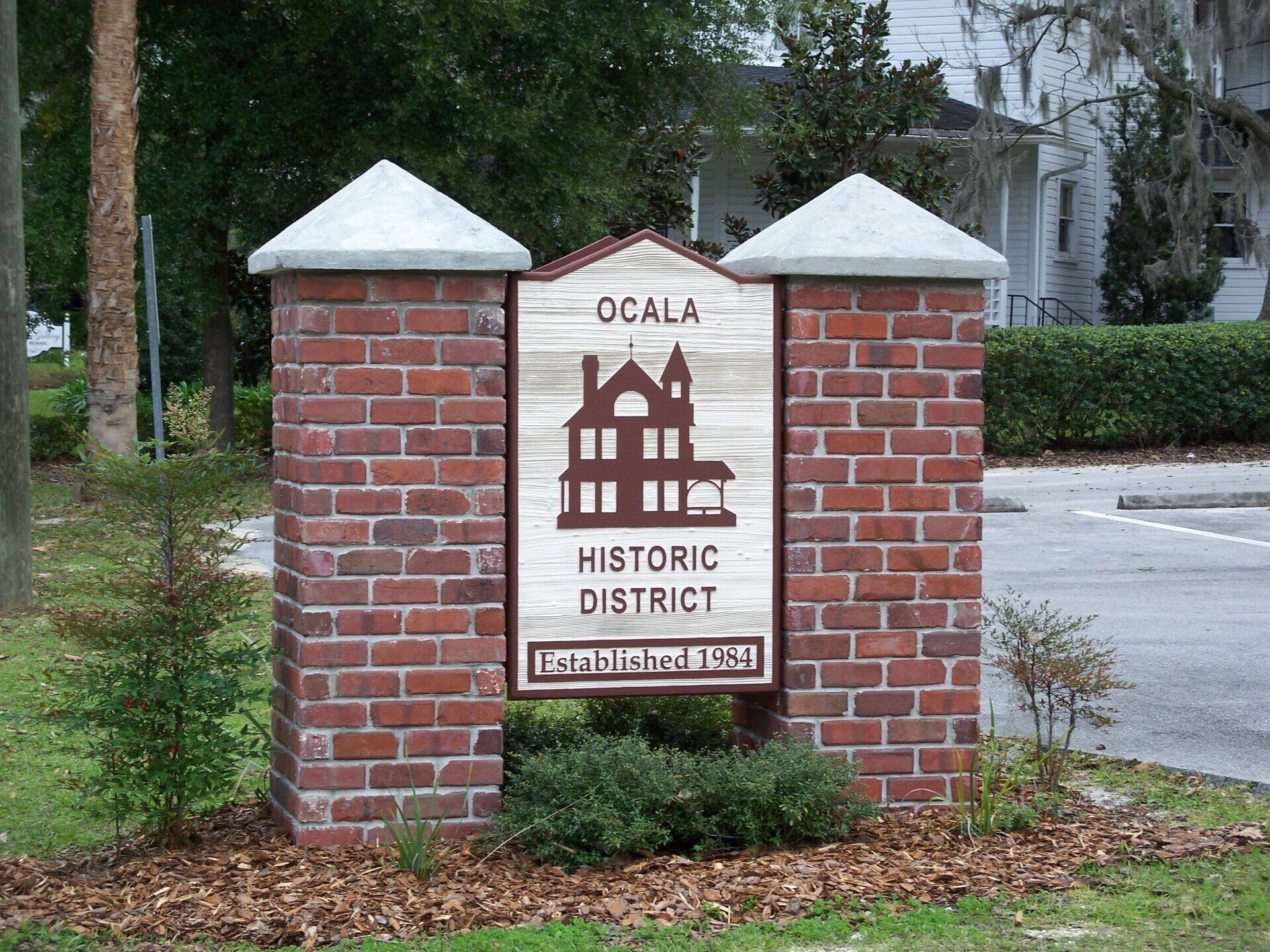The Fascinating Story of Ocala's Historic District
Ocala Historic District is one of Florida's most remarkable collections of historic structures, covering 173 acres and containing more than 200 historic homes and buildings. It was included in the National Register of Historic Places in 1984 and features bungalows, Queen Anne, Frame Vernacular, and other Revival-style homes. Each of the lovely old homes has a unique history, and the streets are lined with enormous oak trees.
The historic area is situated along Fort King Street and is defined by Broadway, Southeast 8th, Silver Springs Place, Southeast 3rd, 13th, and Watula. During the 1820s, the Fort King Road, which is now Fort King Street, cut through the forest to connect the original Fort King with Fort Brooke at Tampa Bay. Fort King is located just east of the district, on the north side of Southeast Fort King Street. The position of the fort, which is no longer visible, is designated with a historical marker.
Click here to learn more.
History of Historic District
Tourists started pouring into Ocala in 1870, the year when a scientific journal published a glowing review of the nearby Silver Springs. This prompted Joseph Caldwell to stake out land for construction in what is now the Ocala Historic District in 1880. Between 1880 and 1930, hundreds of houses and other buildings were built in the area, and more than 200 of them still stand today. The magnificent cover of oaks, the intimate green spaces, and the expansive lots that produce a paradise of natural beauty and history magnify their historical importance and architectural beauty.

Notable Homes in The Historic District
The Dunn House
Located at 416 Fort King Street, this home is is a perfect example of the Queen Anne Revival architecture. It was built by John Dunn, a banker, businessman, and early mayor of Ocala. The nearby town of Dunnellon, which contains Rainbow Springs State Park, was named after him.
Z.C. Chambliss Home
Another great example of Queen Anne Revival architecture is the Z.C. Chambliss Home, located at 743 Fort King Street. The house, which dates from circa 1891, is famous for its windows and woodwork.
Bullock Home
Located at 808 Fort King Street, this house was owned by the son of Confederate General Robert Bullock.
Burford Home
Located at 943 Fort King Street, this home was built before 1983 by Robert Burford, a local attorney. Burford was the one who described Lieutenant Colonel Theodore "Teddy" Roosevelt as the "future President of the United States" in Ocala in 1898 while speaking from the back of a railroad car.
The Veranda
The Veranda, which is located at 416 Fort King Street, is open to guests, in comparison to most of the magnificent homes in the Ocala Historic District, which are private and must be viewed from the sidewalk. Originally constructed in 1888, this fascinating old building is now home to a nice selection of retailers. It is open from 9:30 a.m. to 5:30 p.m. on Monday through Friday and from 10 a.m. to 4:30 p.m. on Saturday.
Rheinauer House
The historic Rheinauer House, located at 828 Fort King Street, is one of the most haunted homes in America, according to those who have a liking for the past that "hangs around" in the present. There are ghost tours available, but they need to be scheduled in advance.
If you like learning about neighborhoods in Ocala, check out our next item here: Historic Downtown Ocala
